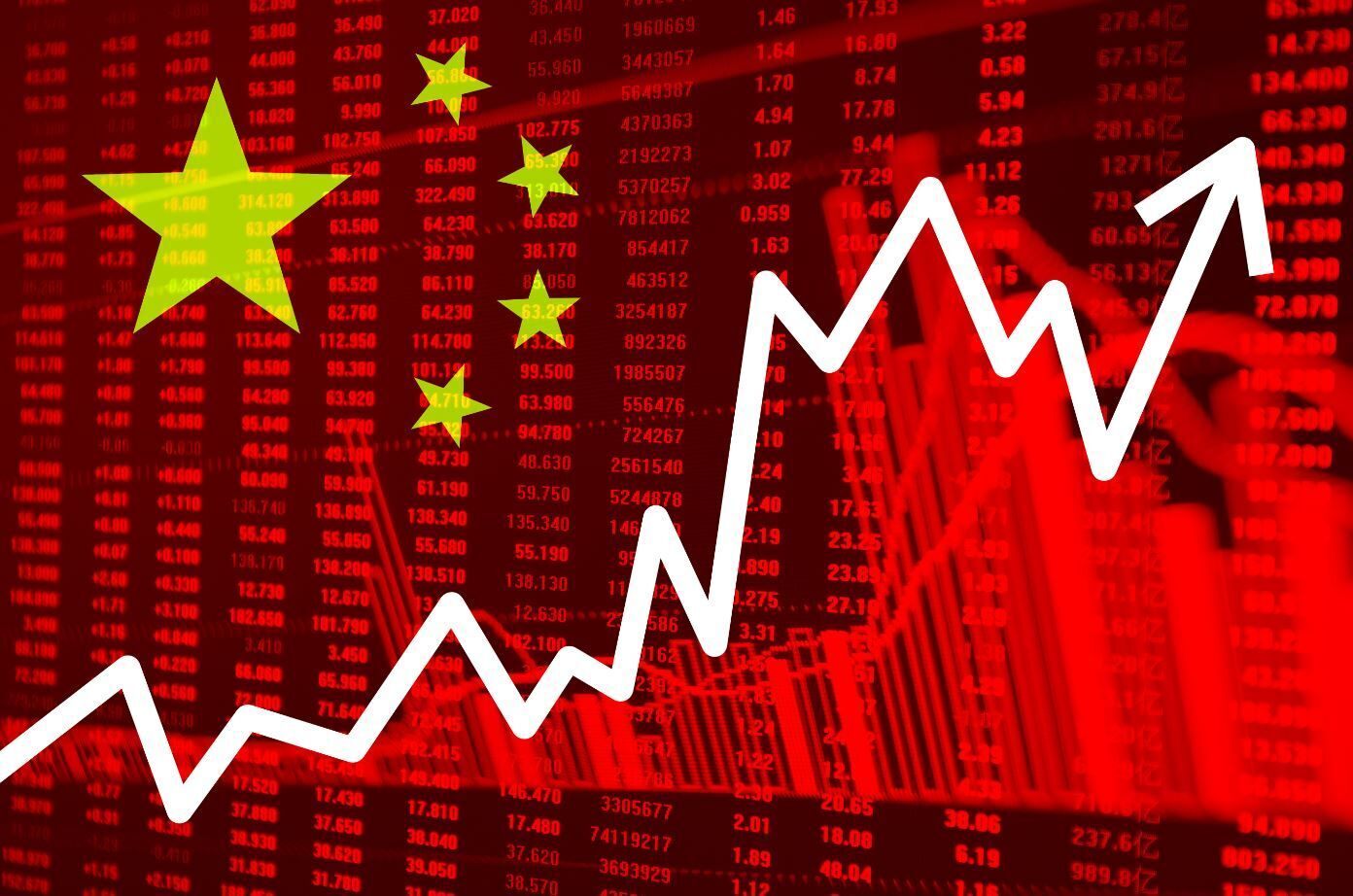Investors are currently facing a tough challenge with China's economy. The government in Beijing has implemented numerous minor steps in recent months to bolster the economy, yet none of these measures have significantly stimulated growth. Now, the worsening decline of Chinese stocks has become a top priority: President Xi intends to personally address the issue.
Hong Kong 50 lays groundwork for recovery
By mid-January, the Hang Seng index had already risen by about 10%. This momentum served as the foundation for a recovery that has now taken shape, despite new unsettling news from China in the meantime. The year's low point has not been breached again, which is an important signal. Sales have diminished.
Now, the index stands above 16,300, surpassing the initial surge high from January. A foundation has been established that remains unchallenged, as long as the Hong Kong 50 stays above 16,300. Below this level, however, the recovery could be at risk. China's central bank has also emerged from the sidelines with a reduction in the reserve requirement ratio, especially as the start of a rate-cutting cycle by the US Federal Reserve becomes increasingly likely by June at the latest.
Doubts still prevail
Currently, it's uncertain which of the already adopted, discussed, and planned measures might be the right ones to bring growth back to China. However, it might ultimately be enough for investors to believe that stocks have fallen sufficiently and valuations have become attractive enough to reverse the trend.
US rate-cutting cycle anticipation
The crisis in China's real-estate sector signifies deep cuts for Chinese households, who have invested heavily there. Falling prices mean they must also save in other areas. However, travel activity during the Chinese New Year has shown that the Chinese people are probably not as badly off as feared.
Yet, with stocks also performing poorly, sentiment is at a low. This gloomy mood is, however, typical near market bottoms. The stock market also looks three to six months into the future. There's hope for an end to dollar repatriation that began when the Fed first raised interest rates 18 months ago. Since it has now signalled its intention to cut rates this year, there's hope for a return of investors from the US and abroad.
Attractive valuations unlock recovery potential
Chinese stocks look affordably priced, and there's a growing number of statements from well-known US investors who have started investing again. The stocks in the Hang Seng China Enterprises index (which represents mainland Chinese stocks in the Hang Seng) have a forward price-to-earnings ratio (P/E) of only 6.5. This is low in absolute terms and also compared to the five-year average of 8.5. The German stock index is priced at a P/E of 12.9, more than double, and the S&P 500 at 20, more than triple. If a recovery occurs, the Chinese stock market could see a significant upward movement.
Disclaimer: CMC Markets is an execution-only service provider. The material (whether or not it states any opinions) is for general information purposes only, and does not take into account your personal circumstances or objectives. Nothing in this material is (or should be considered to be) financial, investment or other advice on which reliance should be placed. No opinion given in the material constitutes a recommendation by CMC Markets or the author that any particular investment, security, transaction or investment strategy is suitable for any specific person. The material has not been prepared in accordance with legal requirements designed to promote the independence of investment research. Although we are not specifically prevented from dealing before providing this material, we do not seek to take advantage of the material prior to its dissemination.





